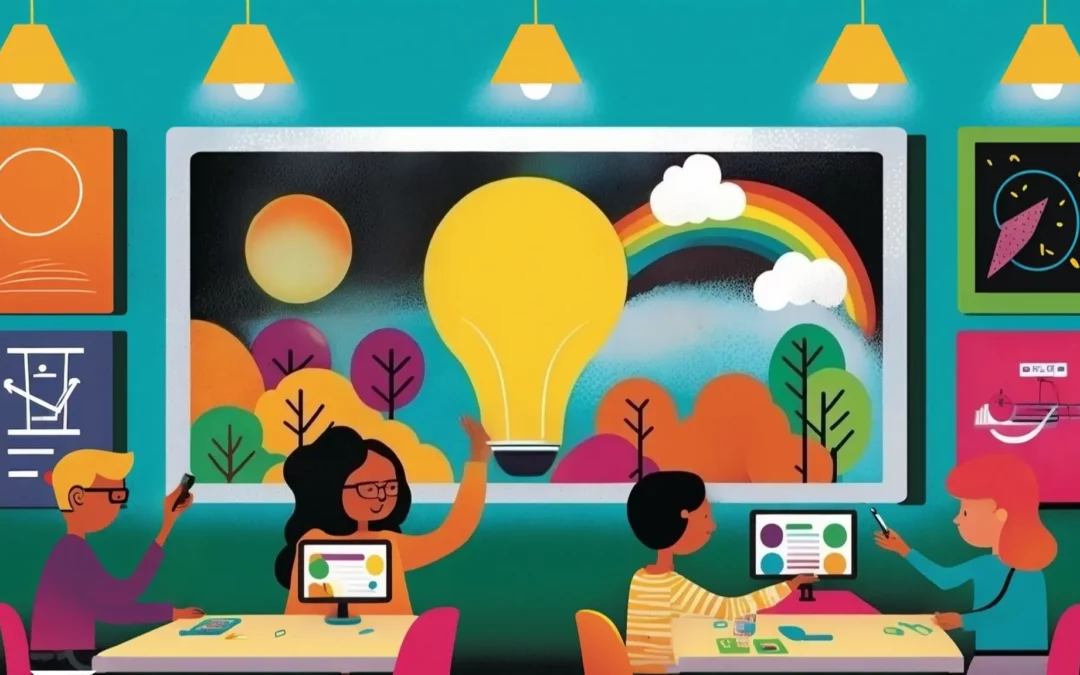The digital revolution has transformed the educational landscape, driving the emergence of various types of educational technologies. These technologies have become more widespread in recent years due to the global pandemic, which required an accelerated adaptation of the sector in both remote and in-person teaching. These innovations have the power to enrich the teaching–learning process, making it more interactive, dynamic, and flexible. However, with so many options available, it is important to know and understand the different technological solutions in order to choose the most suitable ones for the specific needs of each context. Broadly speaking, it is crucial to identify the needs and objectives of your institution. Some questions to answer to understand which types of educational technologies to adopt are:
- What are the main challenges faced by students and educators?
- What are the short- and long-term pedagogical goals?
- What is the budget available for investing in technology?
In this article, we will explore the main categories of educational technologies and analyze the benefits and challenges of each, so that educators and institutions can make informed decisions. For example, online learning platforms and video conferencing tools are instruments that extend the power of remote teaching. On the other hand, interactive devices and gamification methodologies allow students to enjoy a more engaging and meaningful in-person learning experience. Additionally, technologies such as artificial intelligence and machine learning enable flexibility for adapting teaching methodologies.
Educational Technologies for Distance Learning
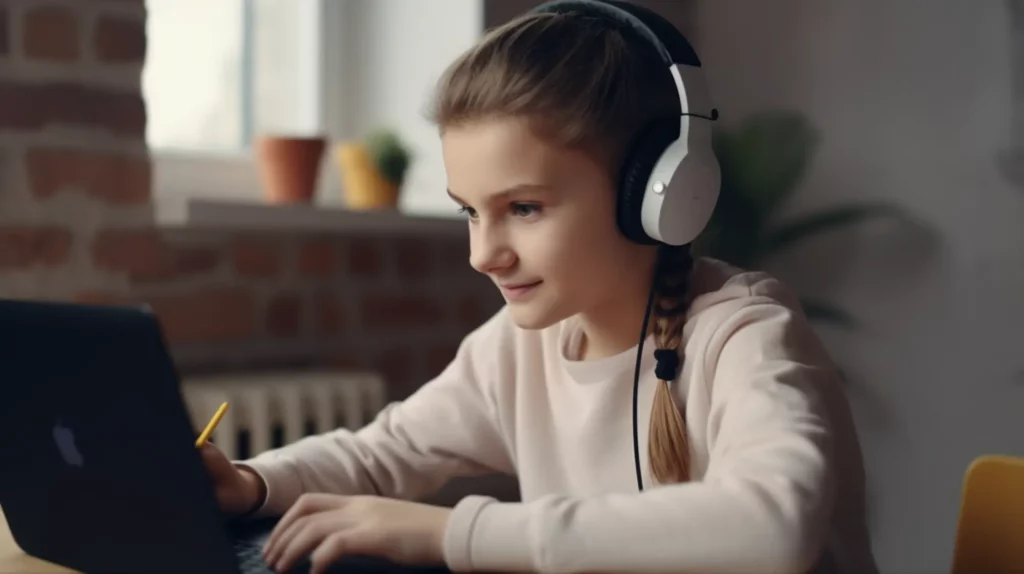
Online learning platforms, such as Canvas, Moodle, and Google Classroom, gained popularity during the pandemic for offering organized access to content, activities, and assessments. These tools—also called LMS (Learning Management System)—can facilitate communication and foster a collaborative environment for activities. However, it’s important to remember that students generally operate these platforms on their own. Therefore, when choosing your online learning platform, consider ease of use and the support offered as key factors. Additionally, evaluate the cost–benefit of each solution and whether the features meet your needs. Some platforms, like Apprender, are also white-label, meaning they can be customized for your brand, strengthening your presence within the school community.
While the aforementioned platforms focus on recorded content and support materials, video conferencing tools allow live interaction. Tools such as Zoom, Microsoft Teams, Google Meet, and Cisco Webex are essential for bringing students and educators together, enabling live classes, debates, and tutoring sessions in remote or hybrid teaching. When selecting a video conferencing tool, consider the connection quality in your region, ease of use, and level of student engagement. Additionally, take into account education-specific features, such as virtual classrooms and integration with your LMS.
Educational Technologies for In-Person Teaching
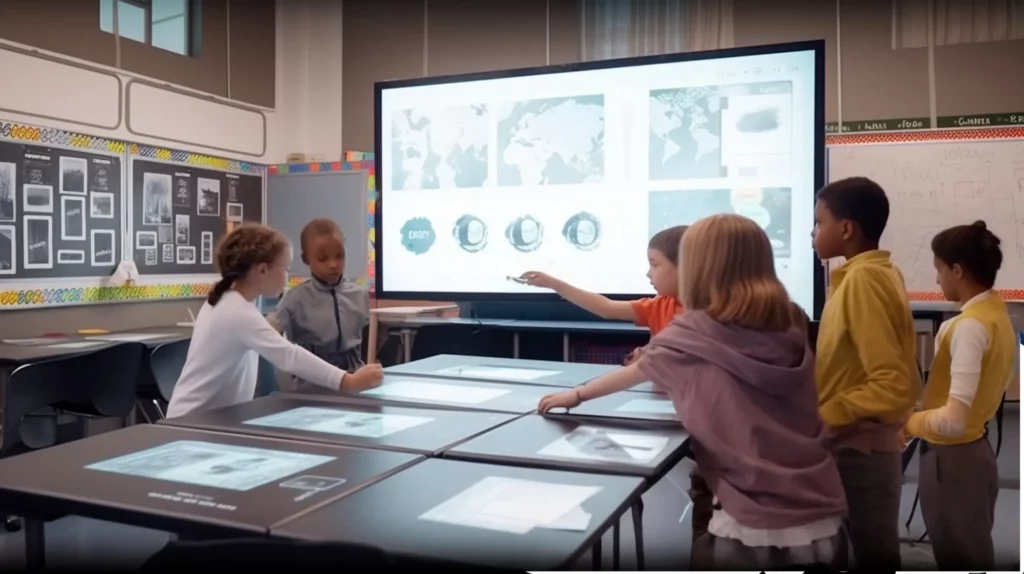
With the return of in-person school activities, many teachers have observed a decrease in the ability to capture students’ interest and retain their attention compared to the pre-pandemic period. To address this issue, interactive devices—such as digital whiteboards, humanoid robots, tablets, and virtual reality headsets—are gaining traction in the educational environment. These technologies promote a more immersive and memorable learning experience, encouraging active student participation. When evaluating these solutions, consider the required infrastructure and the learning curve for educators and students. Also, be sure to analyze the cost of implementation and maintenance to ensure they fit your institution’s budget. Another very important factor to consider is the variety of content available and the possibility to include and adapt it.
Gamification, in turn, is a methodology that uses game elements and dynamics to generate engagement in the teaching–learning process. Although the methodology itself is not necessarily virtual, gamification apps and platforms are among the most used options for this purpose. In this regard, solutions like Kahoot!, Quizizz, and Classcraft can increase student engagement and motivation, making learning more fun and efficient. When choosing a gamification solution, verify whether it aligns with your pedagogical objectives and curriculum, and evaluate ease of use and customization capabilities. Some solutions also offer analytics features to track student progress, which can be useful for identifying areas that need reinforcement. Meanwhile, platforms such as Platô Cultural and Lends Club offer all the necessary resources for these activities.
… And Artificial Intelligence?
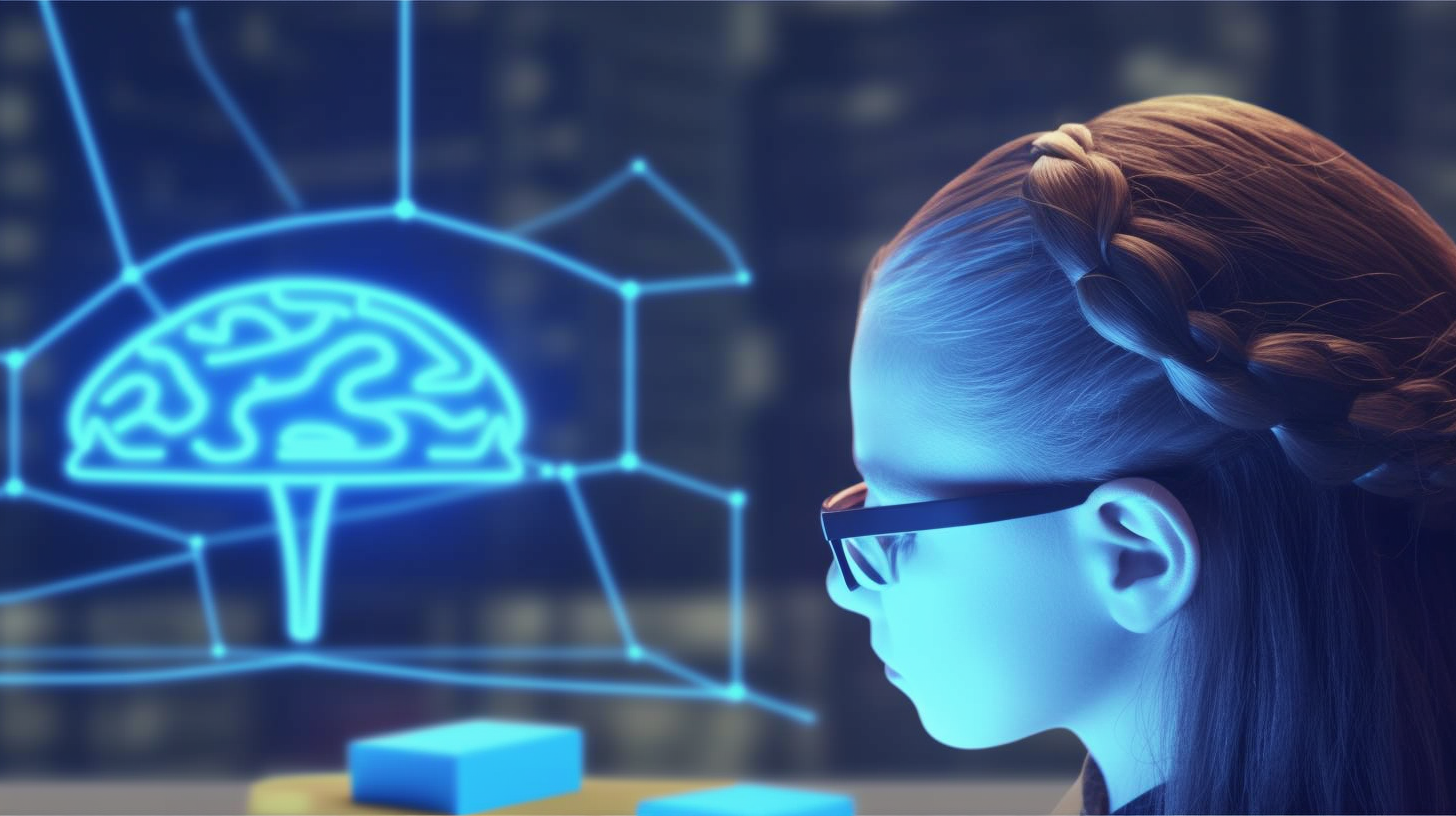
Artificial intelligence (AI) and machine learning have revolutionized the field of education. Tools such as ALEKS, Cognii, and Querium provide personalized and adaptive teaching experiences. These solutions analyze student performance, identify knowledge gaps, and adjust content accordingly. Unfortunately, these more established solutions are focused on the North American market and may not meet your needs. On the other hand, national solutions such as Geekie One and Redação Nota 1000 (focused on writing) are making their mark in the Brazilian market and can have a significant impact on your students’ learning.
Another application of AI is in educational support. Platforms such as Brainly and Socratic, in addition to the much-talked-about ChatGPT, offer students real-time assistance for their questions and problem-solving. These solutions are aimed directly at students and are independent of the school. However, it is important to understand their possibilities and limitations to guide students and ensure these technologies have a positive impact on learning.
In addition, artificial intelligence is being applied in educational robots such as the Beo to enhance the learning and interaction process in the classroom. The focus of this type of educational technology is to increase children’s attention and perception. Charismatic and expressive, Beo generates empathy and engagement, integrating with other teaching technologies and offering ready-made lesson plans. Additionally, it allows teachers to include personalized content through an intuitive online interface. This innovative solution is ideal for schools looking to improve the learning experience and the perceived value by parents and students.
Conclusion
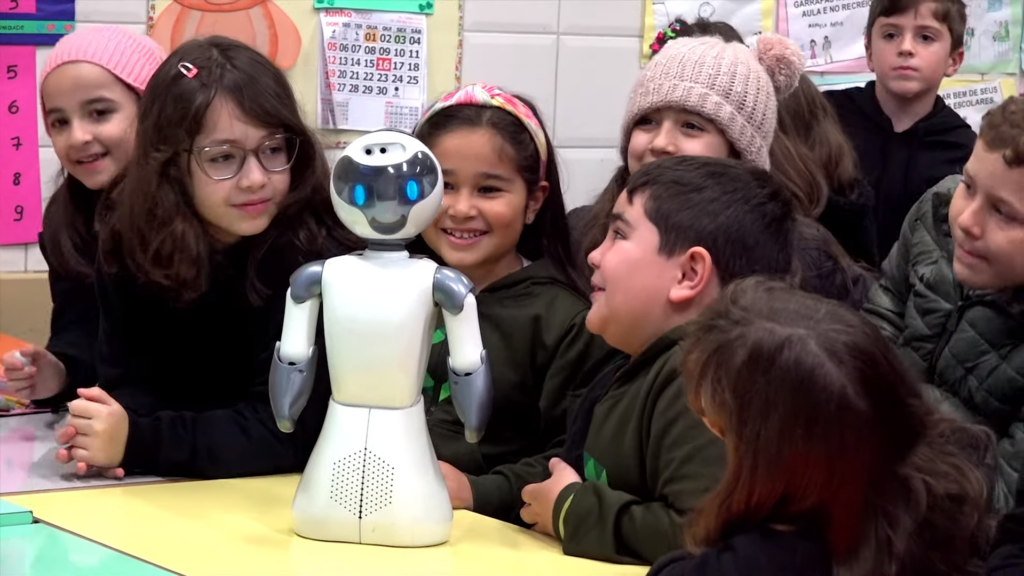
Whether in distance, hybrid, or in-person teaching, the different types of educational technologies aim to make the teaching–learning process more accessible and attractive. However, many schools lack adequate infrastructure to adopt these tools. Therefore, investment in infrastructure and teacher training are essential to provide access to quality education. Additionally, public-private partnerships and government programs that encourage schools to integrate these tools into their practices are also ways to democratize technology.
In this article, we focused on the main types of educational technologies. However, this is a broad field and deserves a follow-up article to address what was not covered here. In summary, the educational revolution of recent years has brought various innovative solutions, transforming the teaching–learning process. The Beo robot from Qiron Robotics exemplifies these innovations, enhancing classroom learning and interaction by generating empathy, engagement, and supporting teachers. Notably, artificial intelligence emerges as a valuable ally, making it crucial to understand how to use it, as its presence in the sector is imminent and inevitable.
For each tool, it is essential to carefully evaluate your options, taking into account context, usability, and necessary investments. Regardless of which tool you choose, to ensure successful implementation of educational technologies, it is fundamental to plan and provide adequate training for educators. Additionally, it is important to continuously assess the effectiveness of the adopted tools to ensure they meet the established pedagogical objectives. In this way, educators and schools guarantee efficient, dynamic experiences that are connected with students’ realities.

